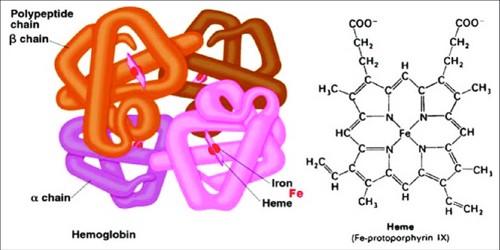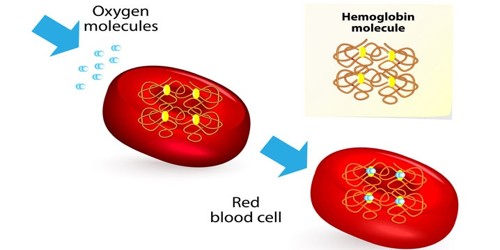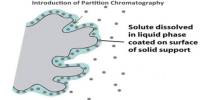Hemoglobin (or haemoglobin) is a protein in red blood cells that contains iron. It is used to transport oxygen around the human body. Hemoglobin is found in the red blood cells of all vertebrates apart from white-blooded fish. It develops in cells in the bone marrow that become red blood cells. It also occurs in some invertebrates. Some other invertebrates use other chemicals such as hemocyanin. It plays an important role in maintaining the shape of the red blood cells.
Hemoglobin is involved in the transport of other gases. It is a protein in our red blood cells that carries oxygen to our body’s organs and tissues and transports carbon dioxide from our organs and tissues back to our lungs. Every one of the body’s billions of cells needs oxygen to repair and maintain itself.
It carries some of the body’s respiratory carbon dioxide (about 20-25% of the total).
Red blood cells get their color from hemoglobin, which is red. There are millions of hemoglobin molecules in each red blood cell and millions of red blood cells in the human body. When hemoglobin has oxygen attached, it is called oxyhemoglobin. If a hemoglobin test reveals that your hemoglobin level is lower than normal, it means you have a low red blood cell count (anemia). A low level of hemoglobin in the blood relates directly to a low level of oxygen. Anemia can have many different causes, including vitamin deficiencies, bleeding and chronic diseases. High hemoglobin levels could be indicative of the rare blood disease, polycythemia. This can lead to clots, heart attacks, and strokes.

Structure
Hemoglobin is a protein in red blood cells that are made up of four chains. The most common type of hemoglobin in mammals contains four such subunits. Each subunit of hemoglobin is a globular protein (globin) with a heme group inside it. Each heme group has one iron atom. This binds one oxygen molecule. So the complete hemoglobin molecule has four globin chains, four heme molecules, and four iron atoms. Each of these chains contains a compound known as heme, which in turn contains iron, which is what transports oxygen in the bloodstream. When hemoglobin is in the lungs, it picks up oxygen in its hemes and carries it to the rest of the body.
Its structure took years to work out. Max Perutz and John Kendrew worked out the structure of myoglobin first. That muscle globin is smaller, with only one heme group.
















